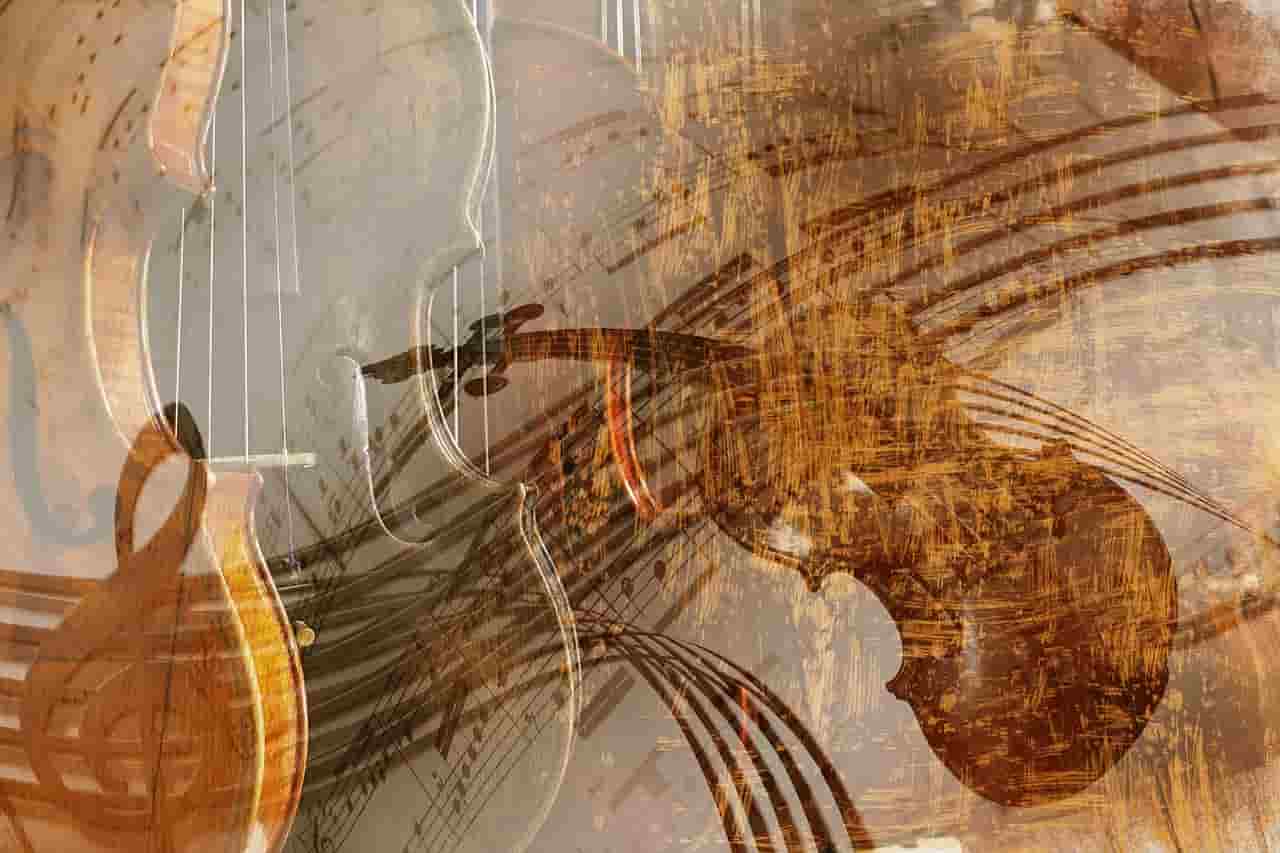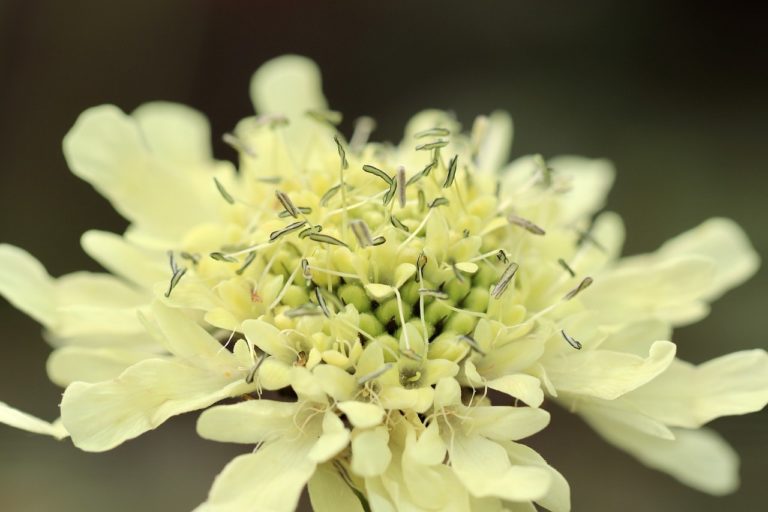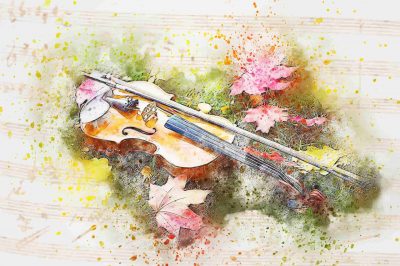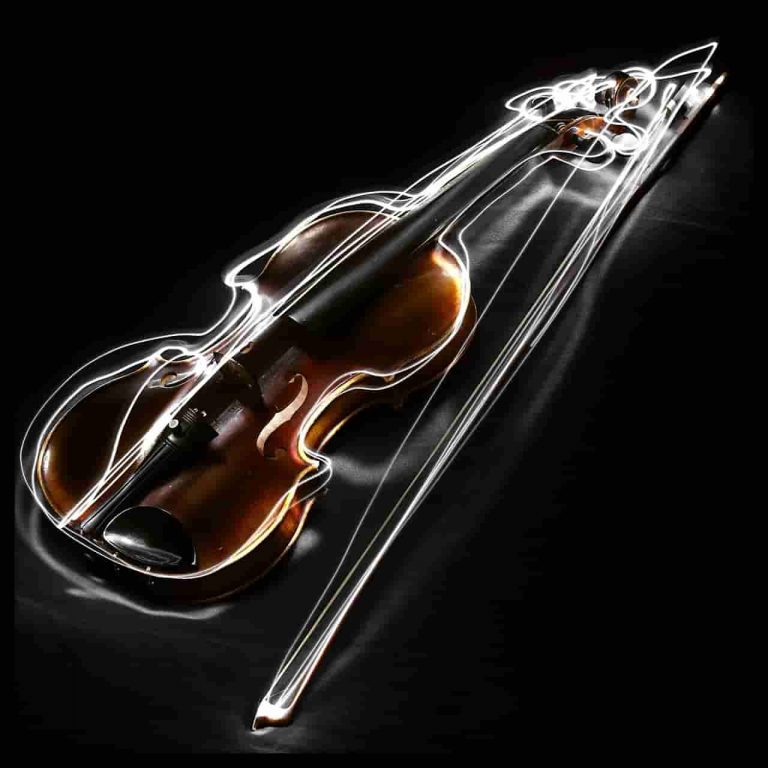Dampit Internal Humidifiers for Violins, Violas, and Cellos
Some gamers of acoustic instruments – violins, violas, and cellos – work and live in warm climates and many others reside in dry climates. As these tools are crafted from timber, so the wood does not dry out, resulting in cracks they have to be protected from warm climates and surroundings. Excessive dryness may negatively influence the tone of your instrument. Players must be wary of keeping and enjoying their tools from homes and buildings which use ac and heating.
Purchasing and employing a Dampit humidifier will help to protect your Tool in the effects. Humidifiers should be utilized on violins, but also whatever and student violins in between. Humidifiers are cheap and must be added into the listing of accessories to your instrument.
Violin Dampits differ from cello and viola Dampits in its dimension. They’re known as”inner” humidifiers and are designed to fit specifically to the F-holes of each tool to keep humidity while the tool is from the case or whether it’s being played. A Dampit humidifier increases the warmth in addition to will keep a humidity level.
Forty-five to 55 percent Humidity is considered best. There is A Dampit put in water for approximately half a minute. The consumer wrings out the Dampit just like a sponge to get rid of water that is excessive. The tube is then wiped dry using a paper towel and then placed into the instrument. Dampers arrive with a humidity indicator, which indicates that the humidity of effects and space. It pinched to eliminate water ought to be immersed in water, wiped away, and reinserted As soon as the Dampit is dry.
Dampers should be utilized during the season’s surroundings. Violins, violas, and cellos should be stored in their cases when not being performed and kept such as radiators’ heaters or components.
Humidifiers should be utilized not just on nice violins, but also pupil violins and anything in between. Violin Dampits vary marginally from viola and cello Dampits in its physical dimension.






